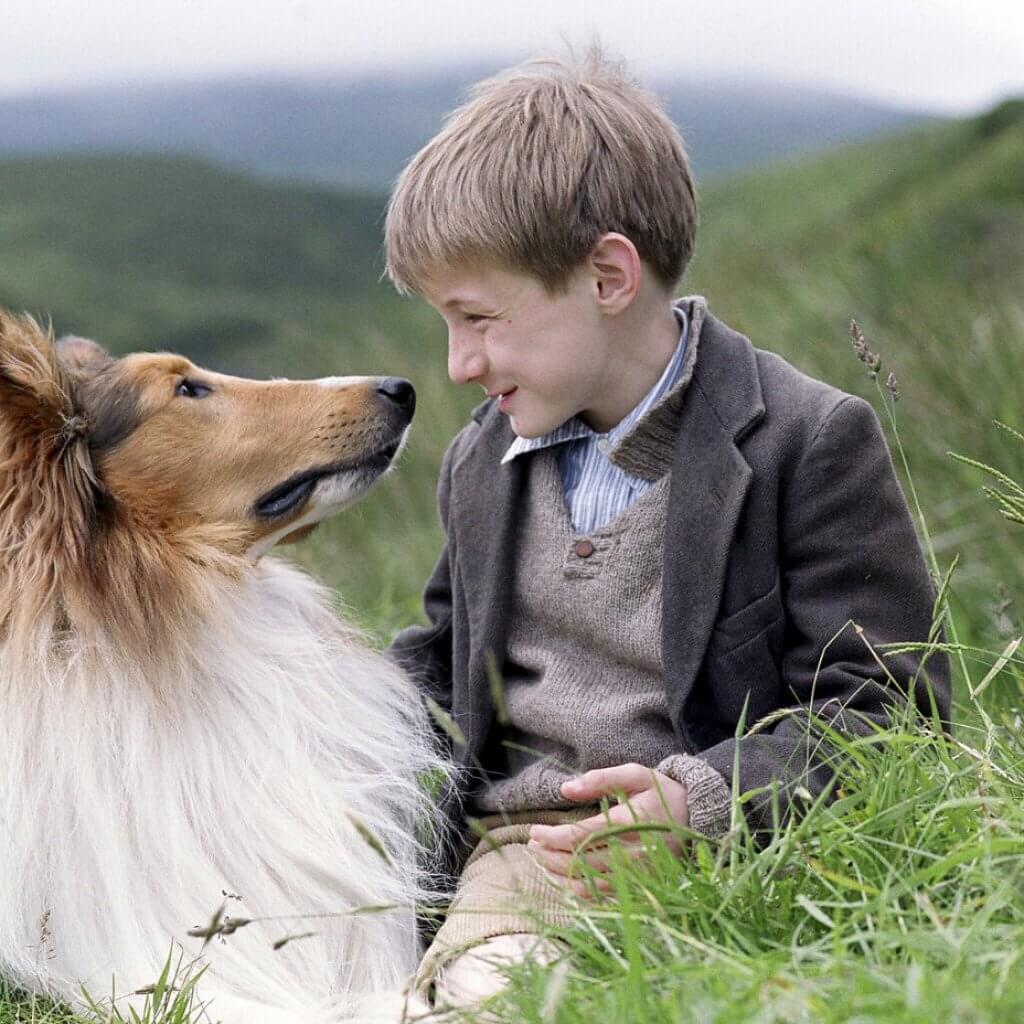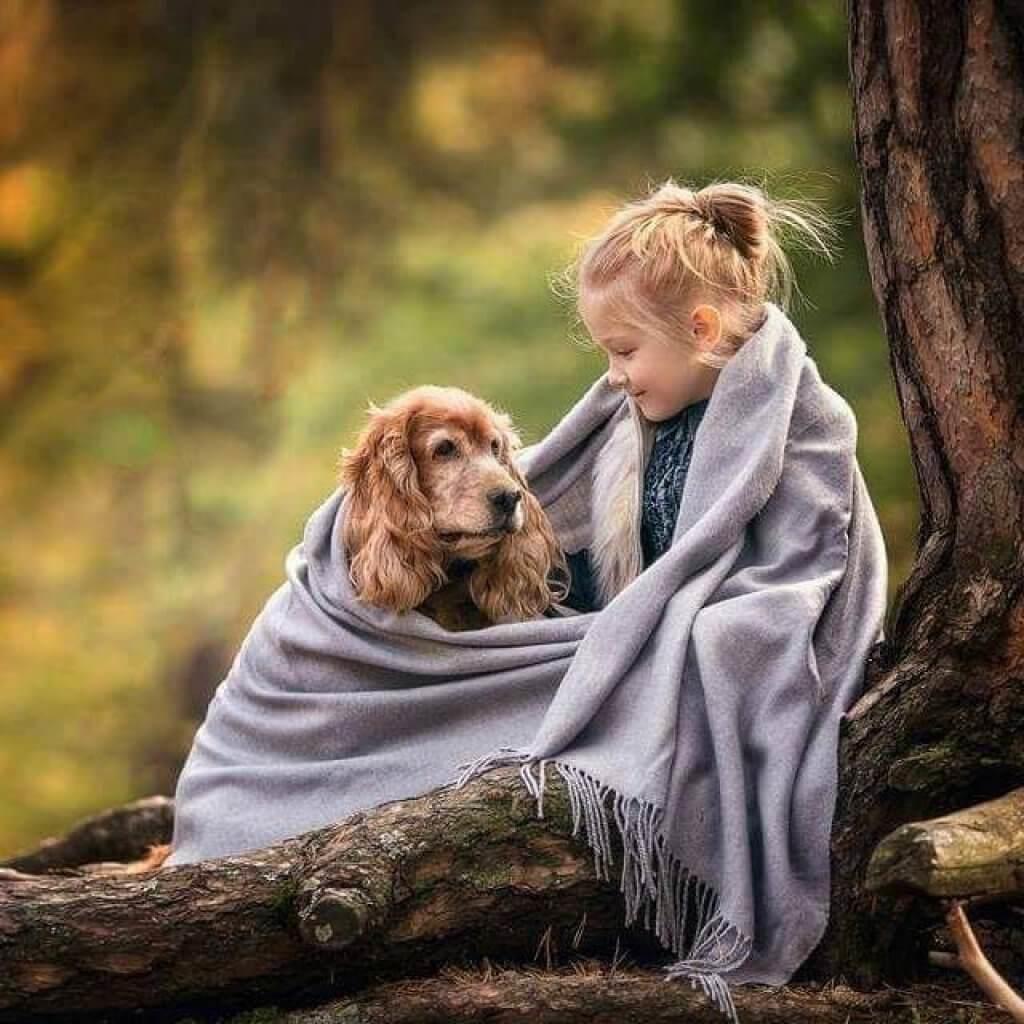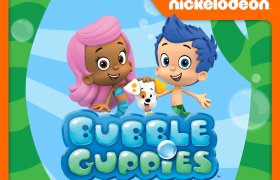How to Introduce your Kids First Dog

Children and dogs have always been a winning combination; some early childhood memories are about watching the movies “Old Yeller,” and “Lassie” in which both movies “stars” were dogs; these dogs were the beloved pets of the children in each movie and eventually, by the end of the movie, had become a member of the family.

Even in the new family cartoons such as “Family Guy” and The Simpsons”—both of these shows feature pet dogs that are actually more like a member of the family than a pet.
When we think of getting a pet dog for our child, our imagination conjures up images such as Lassie and Old Yeller, and how close the dogs were to the children, how each dog would do anything in their power to protect their “child” owner; these are all images we want for our child.
Personality Is Everything
So feel secure in knowing that if we find the perfect dog that fits your child’s personality, the dog will instantly become friend and savior to our child and no harm will come to your child as long as their dog is with them. We also hope that the dog will instantly become a member of the family as well.
Statistics done in 2010 have proven almost 50% of families have a dog as their family pet. Children have a natural attraction towards dogs, as dogs also seem to have a similar attraction towards children. The American Academy of Child and Adolescent Psychology made a list, which points out some important facts as well as advantages of having a pet in the family or introducing the dog to your baby:
- Having a pet dog teaches a child understanding and kindness
- Cultivates feelings of self-esteem
- Encourages physical activity and exercise
- Gives lessons in responsible behavior
What parent would not want their child exposed to the above life lessons that are afforded by pet [dog] ownership?
Teaching Children and Dogs how to Get along
When a child and dog first meet, the child will be literally being “up in the dog’s face” which can be annoying to the dog. Also, children are known for making quick movements, which can startle the dog and sometimes cause him or her to “nip” at the child. A very young child may see the new puppy in the same way they see their stuffed animals.

So it is a good idea to talk to your child first and educate them on the proper ways to hold the new puppy, letting your child know that pulling its tail or pinching its fur is not something the puppy is going to enjoy. Also, teach your child what a dog’s “body language” means; such as when the dog stiffens its posture or growls, it is telling us to “back off” and let the dog alone for a while.
Dog Proofing our Children
When learning how to handle dogs and children, the number one rule is to not leave the two alone together for very long, if ever. Remember, if you leave a child and dog alone in a room for too long a period, the result it not going to be a good one. A dog and a toddler are comparable to that of leaving two toddlers in a room together; the outcome is not going to be a good one.
Some helpful pointers to teach your child when they first meet a new dog are to do the following:
- When your child first meets a dog, they must show the dog their closed fist first, let the dog sniff that and get to know them, slowly allow your child to stroke the dog gently, showing no harm is intended.
- Explain to your toddler that poking isn’t a nice gesture or feeling and the dog isn’t going to like it.
- Never put his or her face directly in a dog’s face. It is just too risky that the dog might get startled and bite. Do not bother an eating or sleeping dog.
- Never permit any roughhousing. This form of play encourages rough outcomes and someone always get hurt.
- Never yell or punish the dog; this will instill respectful behavior towards the dog in your child’s life.
- Teach your child to ask first before touching another person’s dog.
Older children can help with caring for and the general upkeep of the dog. A seven-or eight years old can be responsible for feeding and watering the dog.
Choosing the Family Dog
Once your child has gone over the rules for what is appropriate and inappropriate behavior with the new dog it is time to go dog shopping.

You are going to want to find a dog that historically is a family dog, one that is large enough to not be injured by a playful child, but then not so large they can injure the child either. Before deciding on a puppy, think about the extra work a puppy requires.
Often shelter dogs make wonderful pets, and your veterinarian can also help you find a dog suitable to your family’s needs. However you choose your family dog, make sure you enjoy your newest member to the family!







